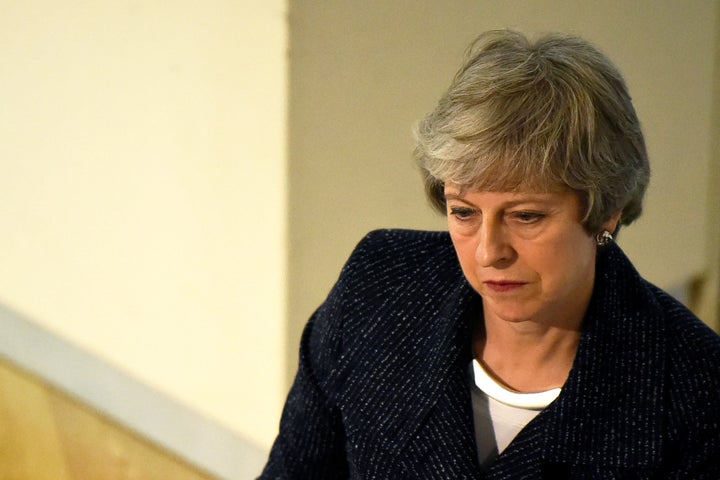
On both 15 and 29 January, MPs were presented with the opportunity to amend a crucial motion on Brexit. On 15 January, the Commons decided to focus on rejecting the government’s approval motion and no amendments were approved. On 29 January, MPs passed two amendments. The first on no-deal is essentially ineffective. The second on the backstop sought to change the part of the deal that is not capable of being re-negotiated. How did we get ourselves in such a mess?
In the lead up to the meaningful vote on 15 January, the Exiting the EU Committee and the Procedure Committee led a careful consideration of the appropriate procedure to MPs to influence the Brexit endgame. The presumption of the exercise was that while MPs could not alter the Withdrawal Agreement, there was scope for a negotiation, between the government and MPs, on the nature of the future relationship. However, this simply did not map onto the reality of the political dynamic in Westminster. There was no scope for a re-negotiation of the future relationship because MPs had other ideas. The best chance of a cross-party alternative came in the form of an amendment from Hilary Benn that, in truth, was rather under-whelming in its ambition. In the end Benn withdrew his amendment. MPs wanted to use the vote to move an overwhelming defeat and move on to the next stage. MPs chose a ceremonial slaying because the chance of achieving a cross-party constructive solution were so low.
On 29 January, the Commons faced a fundamentally different set of choices from the meaningful vote. Only two of the amendments on offer were within the scope of the Commons’ own powers and could therefore offer a guaranteed change to the Brexit process. Cooper’s amendment was narrowly defined, but in terms of enabling the Commons to initiate legislation on Brexit, proposed something fairly radical. Grieve’s amendment was in a sense less ambitious, enabling the Commons to decide the agenda for six specific days, but was not precise in terms of what it would be used to achieve. In the context of the unusual combination of a minority government tasked with delivering major constitutional change both of these proposals could have been seen as sensible adaptions of our famously flexible arrangements. The problem with both of these amendments was that at this late stage, innovative solutions are judged by the perceived intentions of their architects rather than their merits. The time for innovative solutions was at the start of the process, and at this stage, the government is ultimately right to say it’s time ‘to put up or shut up’.
The most significant decision made by the Commons on 29 January was to approve the Brady amendment, which on its face appeared designed to be as unhelpful as possible. In 2018, the government vigorously opposed the idea of Commons being able to issue ‘negotiating directions’ in the context of the debate around how the meaningful vote should work. But in the end, the government ended up supporting precisely such direction to change a treaty it had itself negotiated.
The overall lesson of this episode is that procedural innovations that empower the Commons can help the government. However, to be used effectively they need to be embedded in good time. Without proper consideration of any such procedural innovations, there is a risk that they either won’t be trusted or simply won’t work.
